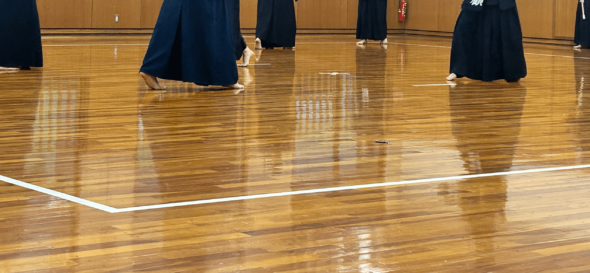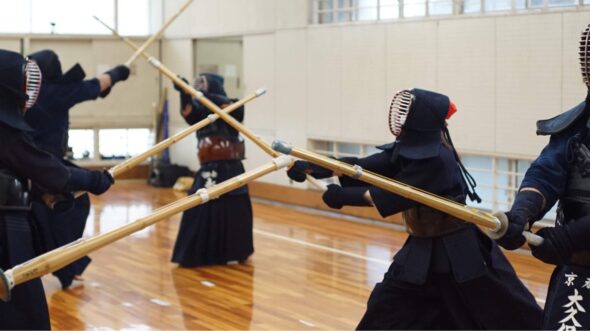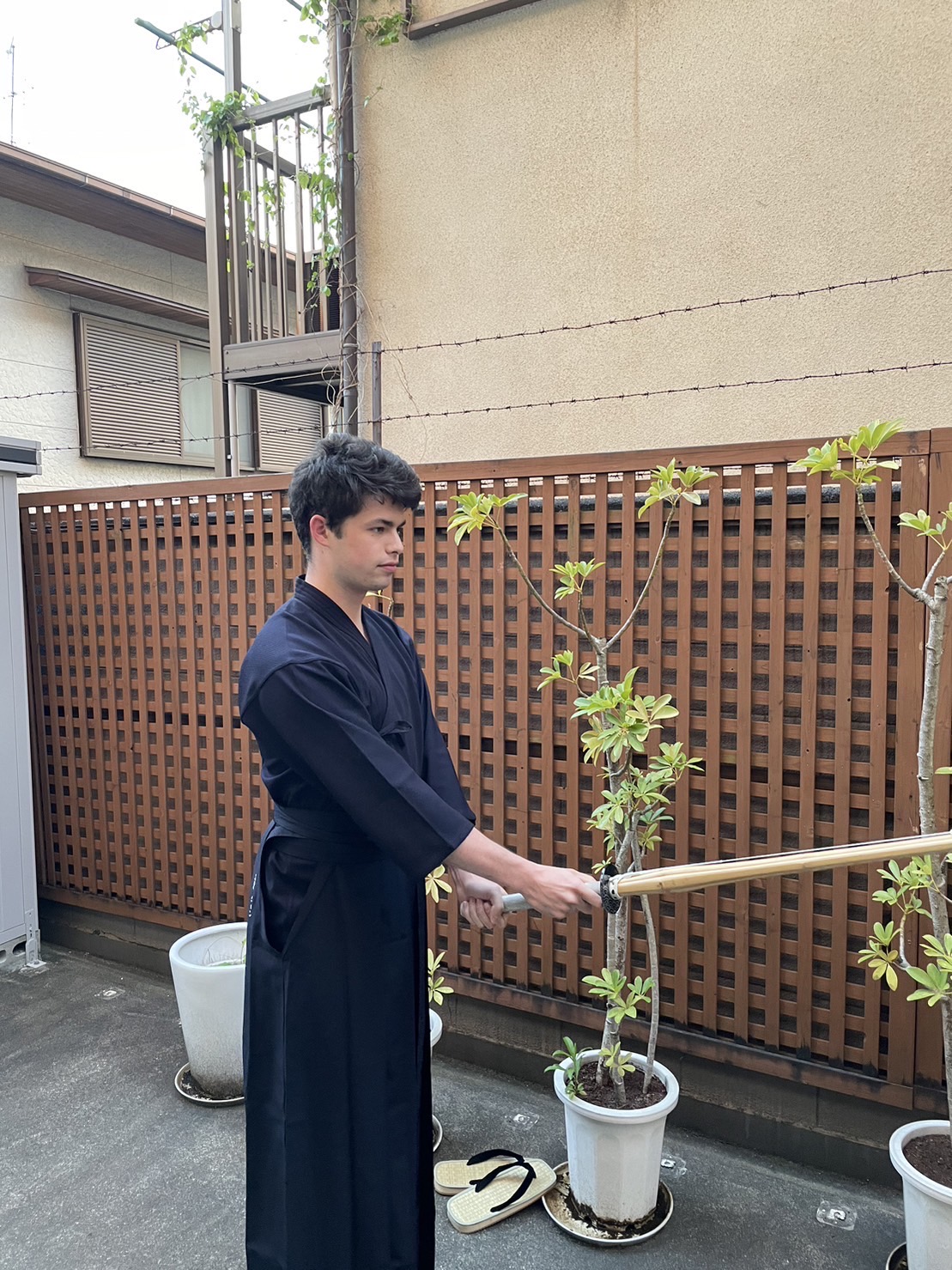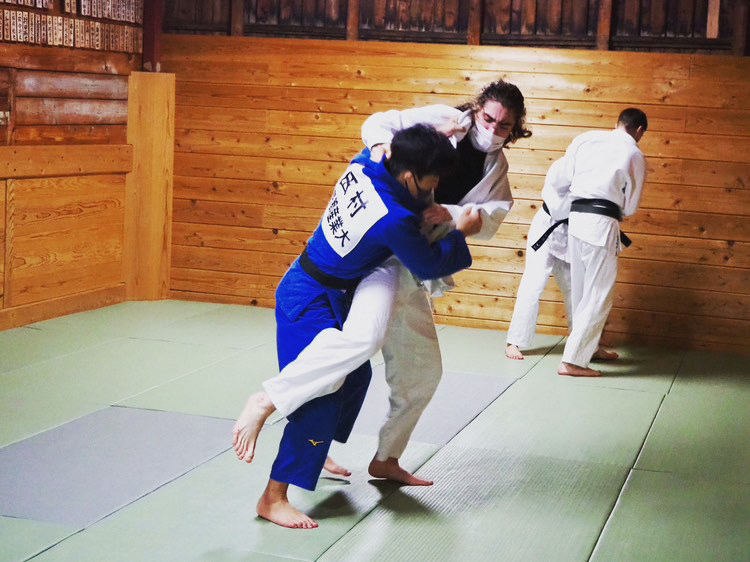For my CIP I joined Doshisha’s kpop dance circle called “Ash”. I had wanted to join Kyoto University’s Toppogi kpop dance club but they became unable to respond to my messages once I arrived in Japan. Luckily, Keiko Toda of KCJS helped me connect with Ash very quickly and they accepted me into their club as their first ever study abroad student member.
During my fall semester, our main purpose was preparing for the Eve festival at the end of November. Near the beginning of the semester, the leaders of the 170+ member circle made a group chat for those of us interested in participating in Eve and separated us into more Line chats based on who wanted to perform what songs.
I was recruited into two songs (Drunk-Dazed by Enhypen and 2 Baddies by NCT 127) because a member dropped from each, but I was also able to join Say My Name by Ateez.
The dance practices at the beginning were very different from what I was used to in the United States. First, the practice times were irregular, and for two dances I had an オール連 which was an overnight practice from 11pm to 6am, for blocking formations and cleaning up choreo. So that was a bit rough on the body, but the leaders gave us plenty of breaks during each practice so even those weren’t too bad. During practices, rather than one person using a computer or drawn formations and directing people, everyone would watch the dance on their phone and move accordingly.
One thing I noticed consistently was that, while we were working on choreo by ourselves with the mirror or going through it all together, nobody would want to stand in the middle or in the front, and everyone would generally try to just stay in the very back of the room and to the sides, even to the point of getting into each other’s way or blocking people in the mirror. I’m not certain what the reason for this is, but I did notice it consistently happening, moreso with women.
Linguistically, I learned a lot of words used in dancing, and learned that it’s very difficult to communicate or understand song titles, idol’s names, and group names in a foreign language, which led to a lot of embarrassing miscommunications.
I also learned that you really need to try hard to talk to people, because in most cases they will not approach you first. So you will have to consistently reach far out of your comfort zone to make friends.
My advice for joining a dance circle, especially a kpop one:
- Bring indoor shoes to practice
- Have your part memorized before the first practice
- Have a full water bottle and a sweat towel
- Make sure you download your dance practice video and have a good charge on your phone, especially the first few practices
- Know how to say idol’s names, group names, and song titles in Japanese
- さび=chorus ふり=choreo ふり(が)はいってる?=have you memorized the choreo (possibly also includes formations) いちばい・いちで=normal/1x speed いちから(やろう)= let’s go from the top
I’ve had a great time despite the hiccups, but I definitely wish I had had the confidence to try talking to people more!


 For my CIP this semester I did kendo three or four times a week at Kyoto University Kendo Club. Kendo is
For my CIP this semester I did kendo three or four times a week at Kyoto University Kendo Club. Kendo is


